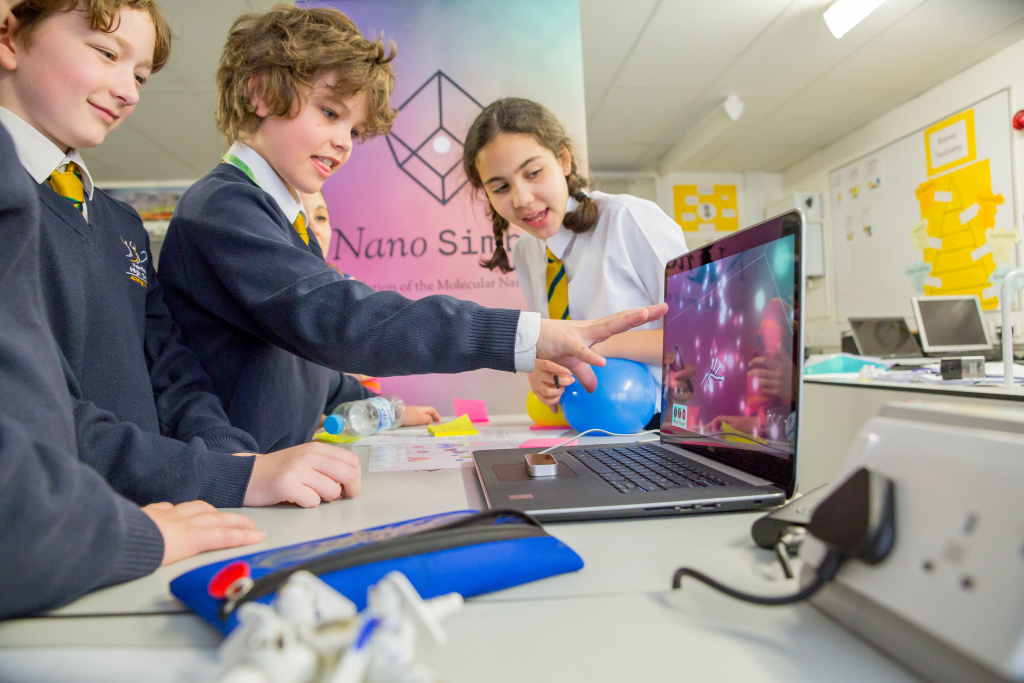
STEAM learning is a phrase that we hear a lot, and over the last year I have heard it referred to in many different contexts. While the broad definition stays the same, the meaning seems to get confused. Based on the panels, discussions, research and interactions I have had with teachers and education professionals, I think that STEAM means an interdisciplinary approach to learning, which gives a more holistic, skills-based learning opportunity than when the subjects are taught in isolation. To me it seems that STEAM is essentially STEM with 21st-century skills thrown in.
While a more interdisciplinary approach to learning is becoming more widespread and accepted as an approach that is helpful, the majority of secondary schools still have to teach towards exams in a very specific and subject-focused way. So, how do we prepare our students with the skills they need to thrive in our fast moving digital world AND give them the specific knowledge to pass their exams and receive the qualifications they need? Good use of edtech is a hopeful solution, which allows both students and teachers to have more fun in their approach. The combination of technology with digital and education design affords fresh approaches to learning. If done well, edtech can enable a broader range of people to have meaningful learning experiences, connecting them to communities and opportunities for exploration around the world (and beyond).
At Interactive Scientific, our starting point is science (as the name suggests). We know that creative, collaborative, scientific exploration is at the heart of finding the solutions to so many global challenges. We are driven to be inclusive as we bring scientific adventure to everyone.
No one can directly interact with the amazing scientific underpinnings which surround us – atoms and molecules are a billion times smaller than the world we are used to experiencing! In order to overcome this visualisation challenge, we have created Nano Simbox, which takes complex scientific information and transforms it into an immersive environment, enabling people to step into the nano-world in a totally new way, giving them the insights and skills to be the innovators our future needs.
This article will not describe Nano Simbox in full detail, but instead I will use it as an example of how edtech can enable STEAM learning to be possible in the classroom.
Blending analogue and digital approaches to STEAM exploration can give learners inside and outside the classroom ‘light bulb moments’. Digital tools can open doors to worlds that we can’t even imagine – I invite you to step inside:
<--- The article continues for users subscribed and signed in. ---> Enjoy unlimited digital access to Teaching Times.